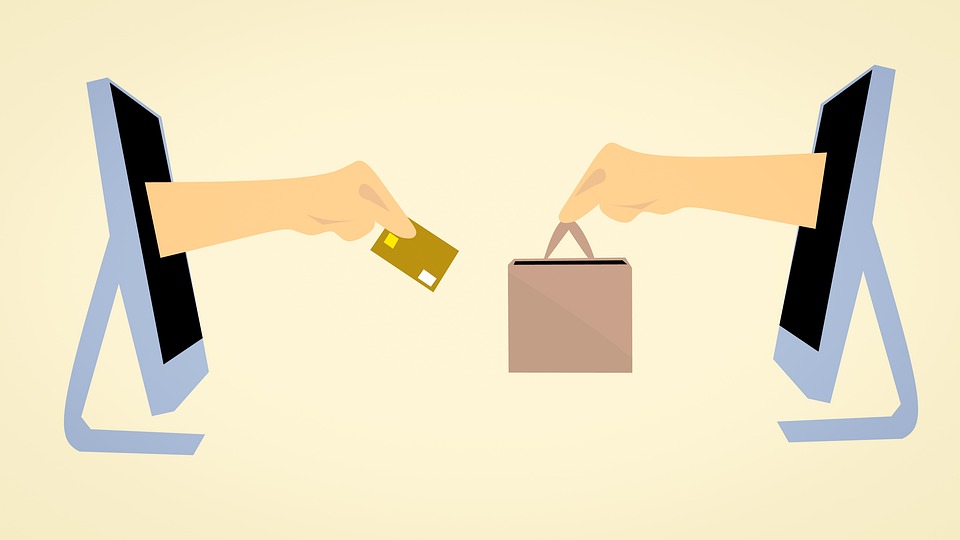What is Headless Commerce?
Let’s discuss Headless commerce before moving to Headless Marketplace.
The term “headless commerce” refers to the decoupling of the frontend from the backend functionality of your eCommerce experience.
This unchained logic contributes to greater architectural freedom, making it easier to create the system you wish.
Why it is seeking attention?
Consumers benefit via headless architecture because,
It removes such obstacles, resulting in a shopping experience that feels constant throughout their exploration and research and when they make a purchase.
A headless e-commerce system, on the other hand, allows a store to adapt an online shopping experience to a brand’s entire aesthetic, both in terms of appearance and functionality.
The smoother the shift from browsing to purchasing, the less likely a client would notice — and the more likely they are to make the deal.
What is headless development?
Headless development not only avoids “div-itis“(refers to the over-use of the div).
It also provides front-end developers complete control over the user experience by allowing them to utilize their preferred tools.
Streamline the backend and transfer display logic to the client-side to speed up the site.
What Difference Does It Make?
The headless approach offers a number of advantages by entirely transferring responsibility for the user experience to the browser:
- Allow front-end developers to be free of back-end norms and architecture.
- Headless development not only avoids “div-itis,” but it also provides front-end developers complete control over the user experience.
- Shifting display logic to the client-side and simplifying the back-end will help the site load faster.
- A content-delivery application can be far more responsive than one that assembles fully prepared replies based on complicated criteria.
- By leveraging your website to powerfully usable in-browser applications, you can provide visitors with real interactive experiences.
- The back-end serves as a database and “state machine,” but back-and-forth communication takes place in real-time in the browser.
How Headless commerce is different from Traditional Commerce?
In Traditional Commerce, the front end and backend are tightly coupled (integration of new UI requires rework).
Whereas, in Headless Commerce, no integration is required. APIs do all the hard work.
Releasing UI updates needs back end changes as well in Traditional Commerce and in Headless commerce, no impact on the backend when we make changes in UI design
Pushing new content in Traditional Commerce is very slow and challenging whereas in Headless Commerce it is lightning fast and easy.
Why Headless Marketplace?
With the help of Headless marketplace, we can provide options to sellers to register their stores and manage their products and orders.
In this, the sellers are not be having a backend they can manage their products from the frontend by using their credentials. and, customers can place the order from the main website.
For Example- LabX, which is the largest online equipment marketplace (developed by Webkul) for buying and selling scientific equipment, is headquartered in Midland (Canada).
Advantages of headless marketplace development-
- API first development.
- Decoupled archietecture.
- Easy to scale.
- Best suited for front-end development.
- Javascript based front end development [ react js / vuejs ].
- Easy to set up progressive web apps.
- Very fast rendering due to scalable API [ REST & GraphQL ].
- Zero downtime due to microservice marketplace nature.
In conclusion, headless website development has the ability to unleash front-end developers’ creative potential in order to provide quicker, more responsive, and richer user experiences.
Headless is a way to do all of this while having more flexibility and control over the front end you choose.



Be the first to comment.